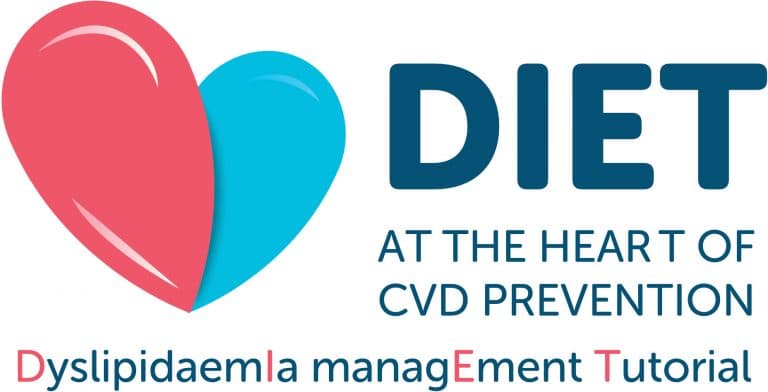Diet at the heart of CVD Prevention
- An e-learning module is available to assist healthcare professionals to enable patients to make changes to their diet that will help them reduce their CVD risk
- World leaders in the field of diet and cardiovascular risk reduction have contributed to this easy to use, practical tool
- Extra resources to use with patients in the clinic and case studies to facilitate discussion with colleagues make it easy to translate the learning into practice
An e-learning tutorial can help primary healthcare professionals promote a healthy diet for reducing cardiovascular disease (CVD) risk. Designed and developed in collaboration with the European Atherosclerosis Society (EAS), and world leaders in the field of diet and cardiovascular health the tutorial aims to provide the knowledge required to enable people to make diet and lifestyle changes that will reduce their long-term risk of CVD. The tutorial is endorsed by the EAS.
The second updated version of the tutorial provides a comprehensive knowledge base about the role different foods and food ingredients play on blood cholesterol management. The easy-to-read sections explain the science behind the foods that can actively reduce cholesterol. The information is presented in a way that makes it accessible not only to health care professionals but also for anyone with a keen interest in this area.
The tutorial has eight different sections covering everything from CVD risk factors, healthy dietary patterns, the role of dietary fats, plant sterols/stanols, dietary fibre and soy protein in dyslipidaemia management, other lifestyle changes for CVD prevention and motivational interviewing. Videos and diagrams further enhance the overall learning experience.
Case studies are provided with detailed three-step approaches to help clinicians manage common problems; for example, a patient with high CVD risk who is reluctant to start statin medication. A short test can be used to check knowledge levels pre-and post-tutorial. Health care professionals can use this tutorial as part of their revalidation and the knowledge test and / or case studies could be used to help them reflect on their own practice and what changes they may make as a result of their learning. The tutorial can be used by individuals but would also lend itself well to group work and the detailed case studies could be discussed with colleagues.
Another excellent feature of this e-learning tool are the downloadable leaflets such as a foods diary, tips for healthy cooking or a “what should I eat” factsheet. This will help clinicians translate the knowledge gained into practice,
Diet at the heart of CVD prevention version 2.0 is supported by BASF, Raisio and Upfield and is freely available at www.DietattheHeart.com


